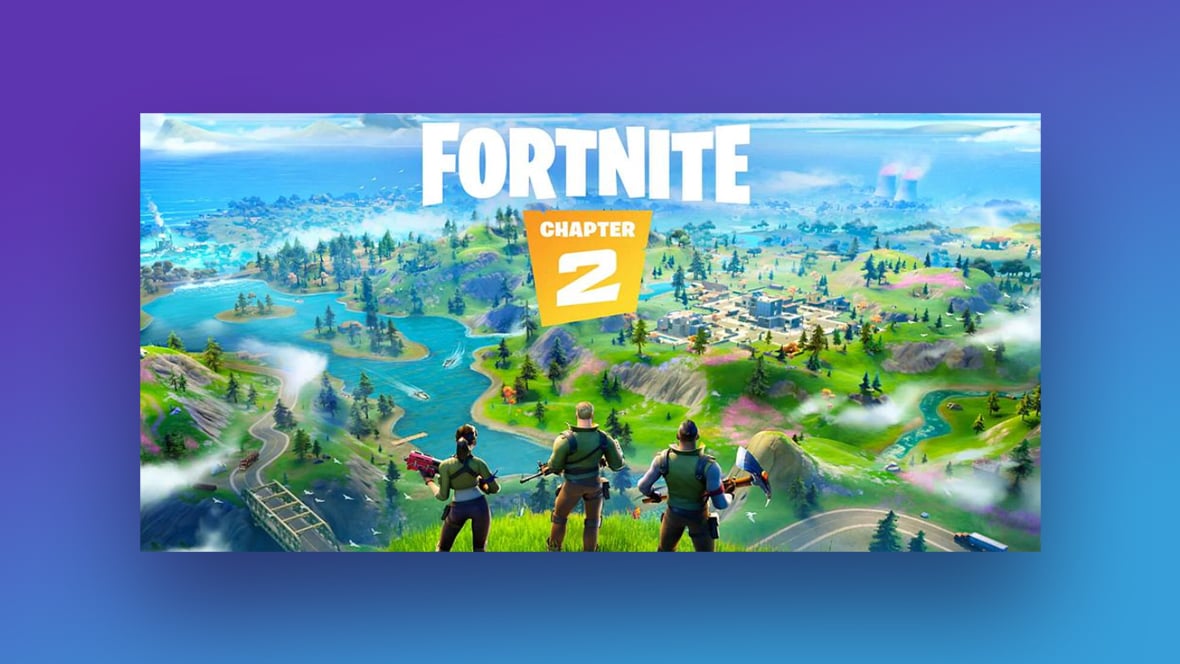
What to Include in a Video Game Designer Portfolio: Essential Elements Explained
Creating a compelling portfolio is crucial for any video game designer looking to break into the industry. A great portfolio not only showcases your skills and projects but also highlights your unique creative process and design philosophy. In this article, we’ll explore the essential elements to include in a video game designer portfolio to make it stand out and attract potential employers or collaborators.
1. Introduction and Personal Branding
Start your portfolio with a brief introduction about yourself. This section should reflect your unique personality and your journey as a game designer. Include your name, a professional photo, and a catchy tagline that resonates with your game design philosophy. Personal branding matters—think about how your design style and interests set you apart from others in the field.
2. Resume and Contact Information
Along with your introduction, include an up-to-date resume that highlights your education, skills, and experience in the game design industry. Make sure to provide contact information such as your email, LinkedIn profile, and other relevant social media accounts. This allows potential employers to reach out easily. Keep your resume concise and relevant, and focus on achievements that demonstrate your expertise in game design.
3. Showcase Your Best Work
Select a few of your best projects to showcase in your portfolio. Quality over quantity is key here. For each project, include:
- Project Title and Overview: Share the title of the game and a brief overview of its concept, genre, and target audience.
- Your Role: Clearly specify your role in the project. Were you the lead designer, programmer, or artist? Highlighting your contributions is essential to show how you can add value to a team.
- Process Documentation: Share insights into your design process. Include sketches, flowcharts, or design documents that illustrate your workflow from concept to completion. This helps employers understand how you think and approach challenges.
4. Visual and Multimedia Content
Visuals are critical in a game design portfolio. Incorporate high-quality images, screenshots, and videos of your work. Support these visuals with brief descriptions that explain what viewers can see and learn from them.
- Gameplay Demo Videos: If possible, include a gameplay demo video that showcases your finished game. A video can effectively convey the feel and mechanics of the game, offering a dynamic view of your design capabilities.
- Artwork and Visual Assets: Include concept art, character designs, and user interface designs to give a complete picture of your artistic contributions to each project.
5. Playable Demos or Prototypes
If you have developed playable demos or prototypes, include links for viewers to experience your games firsthand. This not only demonstrates your technical skills but also allows potential employers to interact with your work, proving your capacity to create engaging gameplay experiences. Make sure to provide clear instructions on how to access and play the demos.
6. Well-Organized Portfolio Website
An organized portfolio website significantly enhances the user experience. Structure your portfolio with easy navigation, making it simple for visitors to find what they’re looking for. Consider using the following tabs:
- Projects: A tab dedicated to your completed projects, featuring images, descriptions, and links.
- Experiments and Demos: A section for prototypes or experimental work that showcases your creativity and willingness to explore new ideas.
- Resumé and Contact: A straightforward tab that contains your resume and contact information.
7. Articles or Blogs: Show Your Knowledge
Consider adding a blog or articles section to your portfolio where you discuss game design topics, insights, or challenges you’ve faced. This not only demonstrates your passion for the field but also showcases your ability to communicate effectively about design concepts. Sharing your knowledge can position you as a thought leader within the gaming community.
8. Tailor Your Portfolio for Each Application
When applying to specific game design positions, tailor your portfolio to fit the company’s style, ethos, and the specific role you are applying for. Research the games they produce and align your showcased work with their artistic direction and game mechanics. This demonstrates your initiative and understanding of the company’s mission and products.
Conclusion
Creating an effective video game designer portfolio takes time and effort, but by including these essential elements, you can craft a standout presentation of your skills and experience. Remember to keep it updated, reflect your personal style, and showcase your best work. Your portfolio is not just a collection of projects; it’s a powerful tool to communicate your passion and abilities to potential employers in the exciting world of game design. Happy designing!
